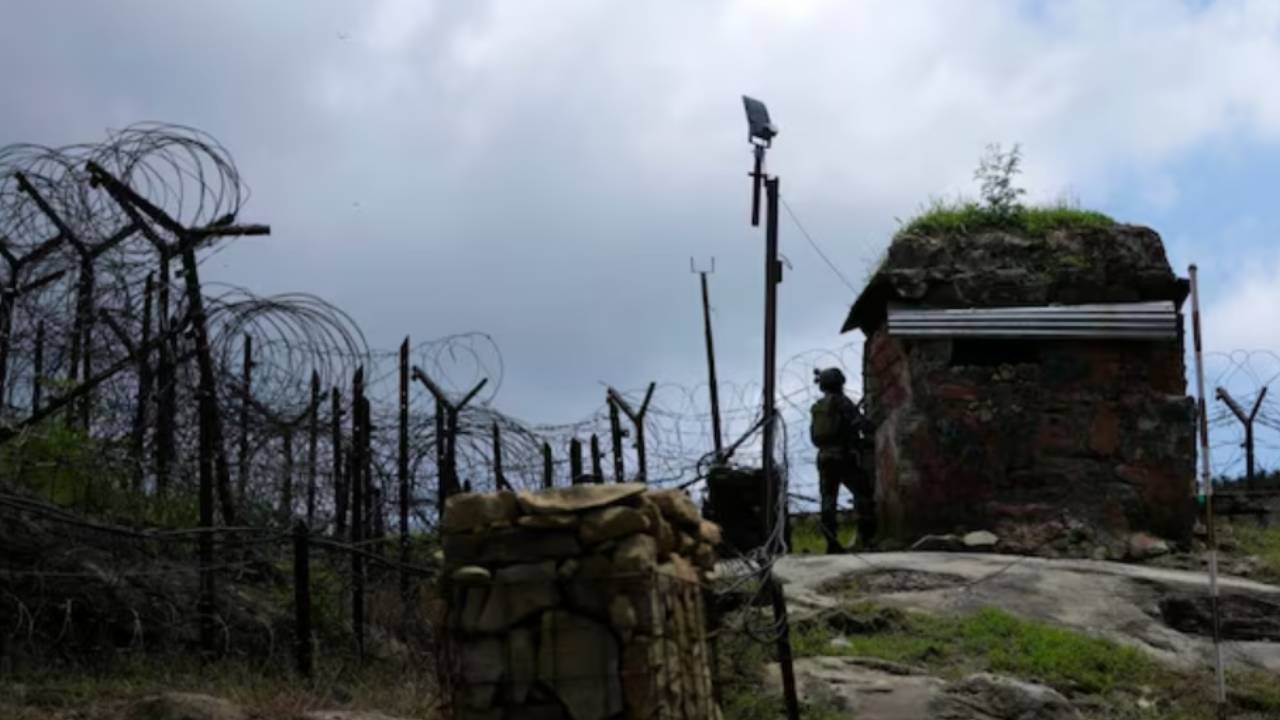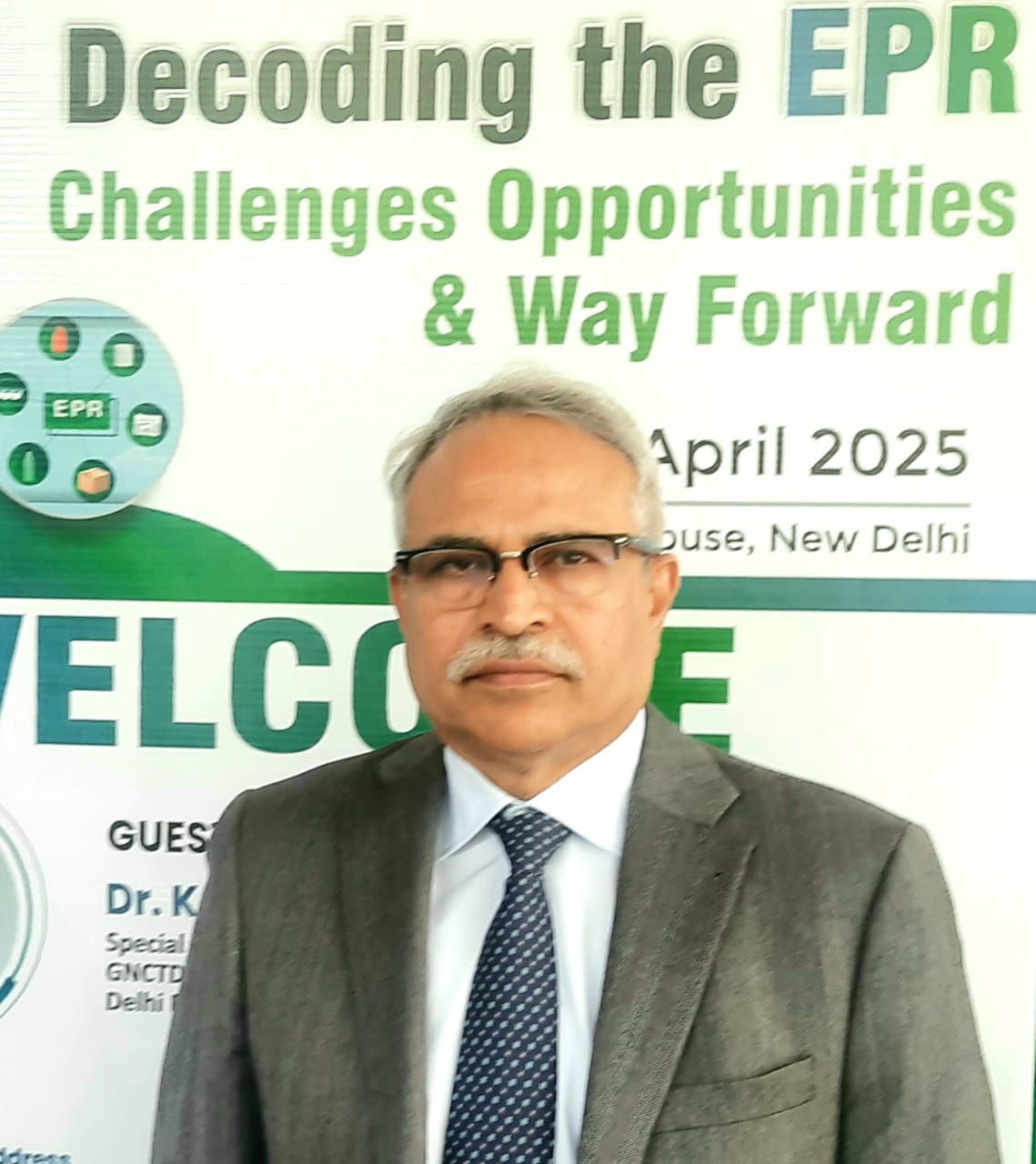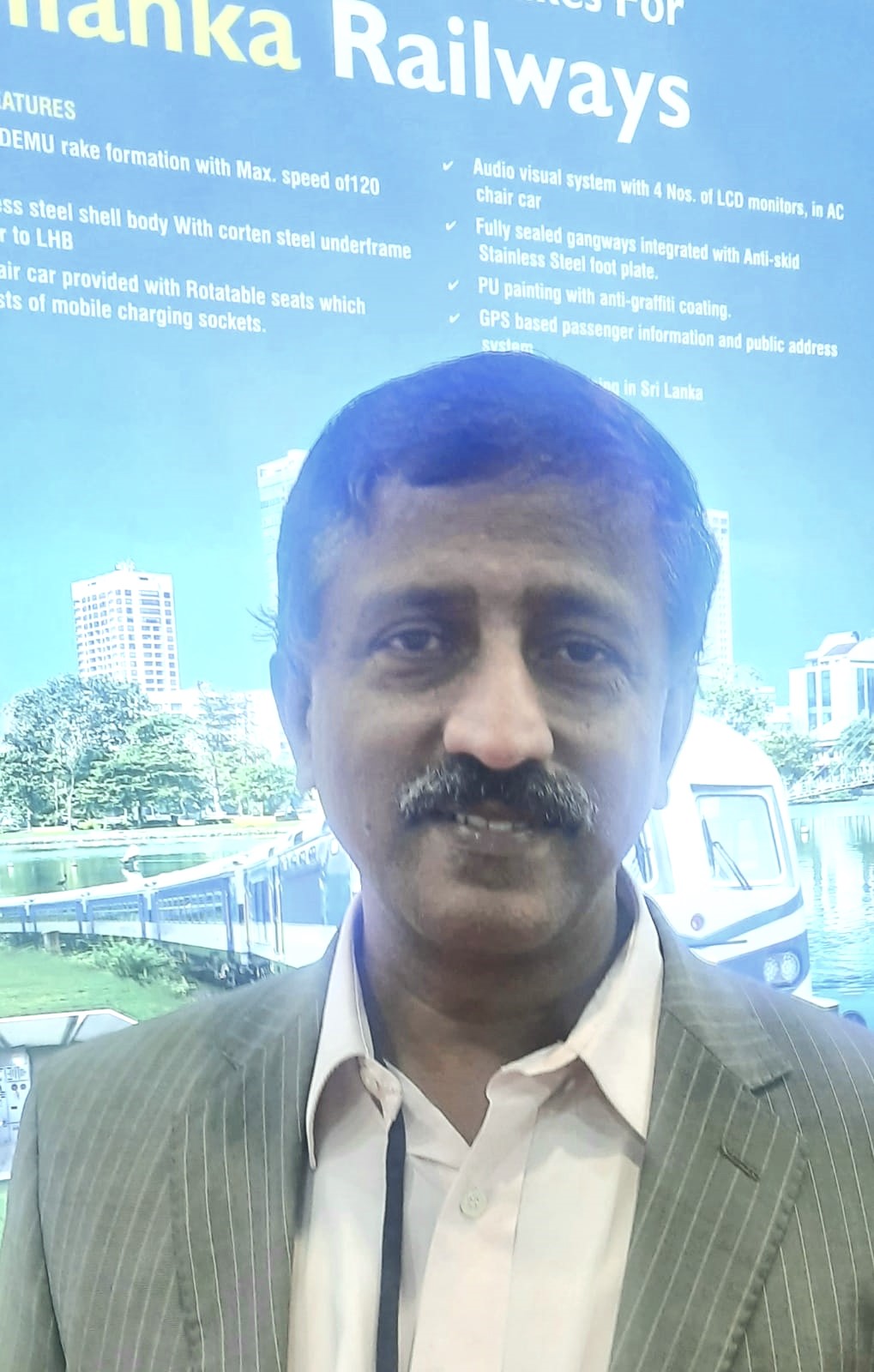India, home to 18% of the world’s population but only 4% of its freshwater resources, stands at the brink of a severe water crisis. Excessive groundwater extraction—supplying nearly 70% of irrigation needs and 85% of drinking water—has led to alarming depletion. States like Punjab, Haryana, and Rajasthan face critical shortages. Meanwhile, the uneven distribution of river basins worsens water sustainability. The Ganga and Brahmaputra basins receive abundant rainfall, while others, such as the Godavari and Cauvery, endure seasonal scarcity.
Rapid urbanization and industrial expansion are further straining water resources. Industries alone consume nearly 40 billion cubic meters annually. Simultaneously, untreated wastewater and pollution continue to degrade rivers and lakes. Addressing this crisis demands immediate action. Solutions like rainwater harvesting, wastewater recycling, and efficient irrigation—such as drip and sprinkler systems—are crucial. Reviving traditional methods, including stepwells and community ponds, alongside modern innovations like desalination and artificial aquifer recharge, can create a more sustainable water future.
A comprehensive strategy is essential. Government policies, corporate accountability, and individual conservation efforts must align. Stricter regulations on industrial discharge, incentives for wastewater reuse, and community-driven conservation initiatives can drive impactful change. As climate change intensifies water variability, sustainability is no longer an option—it is a necessity for India’s survival and prosperity.
In an exclusive conversation with The Interview World, Prof. A.K. Gosain, Professor in the Department of Civil Engineering at IIT Delhi, dissects India’s current water management landscape. He highlights how industries can integrate water conservation into their ESG goals, outlines solutions for SMEs to overcome water reuse challenges, and explains how incentivizing better reuse practices can drive long-term sustainability. Here are the key insights from his compelling discussion.
Q: What is your assessment of the current state of sustainable water use and management in the country?
A: Sustainable water use begins with a clear understanding of available resources, typically assessed at the basin level—the natural boundary where rivers flow. Each river has its own basin, and resource availability fluctuates annually. Some years bring excess rainfall, while others face droughts. Establishing an average availability serves as the foundation for sustainable management.
Once resource availability is determined, the next step is evaluating demand, particularly on surface water systems. However, water resources extend beyond surface water to include groundwater, which must be used sparingly. Over-extraction leads to severe consequences, making it crucial to maintain a balance.
Sustainability, in this context, means ensuring that water demand remains within the available supply. If demand stays within this limit, water use is sustainable. However, when demand exceeds availability, deficits arise, forcing reliance on groundwater reserves. While groundwater acts as a buffer, its availability varies across basins. Many Indian basins, especially those with hard rock formations, lack significant groundwater reserves. Only aquifer-rich basins can depend on it as a supplementary source.
Ultimately, sustainability hinges on maintaining demand within the natural supply limits. If consumption surpasses these thresholds, long-term viability is at risk.
Q: Which major industries must prioritize water conservation, and how can they enhance recycled water use to achieve ESG goals effectively?
A: To ensure sustainable water management, the focus must shift toward reuse and maximizing efficiency. Water demand has already surpassed availability, making it imperative to adopt solutions that reduce consumption. Reusing water allows the same resource to be utilized repeatedly, ensuring sustainability without creating a deficit. This approach not only conserves water but also establishes a long-term mechanism to meet rising demand. As consumption grows, continuous improvement in reuse and efficiency becomes essential.
However, industrial water use accounts for only a small fraction of total consumption. Yet, industries contribute significantly to pollution, rendering contaminated water unusable for society. They must take responsibility by preventing pollution, ensuring proper treatment of effluents, and disposing of waste safely. Effective water stewardship demands that industries treat and reuse water responsibly before discharging it. Sustainability hinges on these proactive measures, making them non-negotiable for long-term water security.
Q: How can SMEs overcome challenges in water reuse, and what strategies can help them adopt sustainable water management like larger industries?
A: Small and medium industries struggle to survive because they lack the financial capacity to meet regulatory demands. Their earnings remain low, making compliance a significant challenge. Without government subsidies or direct intervention, many cannot sustain operations.
These industries must either enhance productivity to cover these costs or receive government support. Ultimately, the government shares the responsibility of ensuring their survival within existing rules and regulations. A more effective approach involves assessing their overall production and profitability, then providing targeted support based on their specific needs. This strategy allows them to remain viable while adhering to compliance standards.
Q: How can industries effectively utilize excess recycled or harvested water, and what challenges must be addressed to optimize its usage?
A: At the city level, the focus must shift toward wastewater treatment and reuse. Most cities still lack functional treatment plants. Even where such facilities exist, many remain non-operational or disconnected from proper sewage systems. Addressing these gaps is the first step.
Once a treatment plant receives sewage and processes it within permissible parameters, the next challenge is distribution. These plants are often located in one part of the city, requiring an efficient infrastructure to transport treated water to industries. Before implementing this, authorities must assess whether the treated water meets industrial requirements. If it does, industries should be encouraged—or even mandated—to adopt its use. However, successful implementation depends on creating a dedicated distribution system for treated water, just as cities have for freshwater supply. Without this parallel infrastructure, large-scale reuse remains impractical.
Q: What incentives or credit systems should be introduced to encourage industries and organizations to adopt and enhance water reuse practices?
A: There should be a structured system of incentives, such as credit points, to encourage wastewater reuse. However, the priority must be comprehensive city-level planning. Before any implementation, authorities must analyze key factors—available water resources, sewage generation, treatment capacity, and potential reuse opportunities.
For instance, in my last project before retirement, I led a study on Delhi’s water security. We assessed the city’s total landmass, its water availability, sewage output, and treatment capacity. We identified gaps in sewage management and explored how much-treated wastewater could be reused and where it could be distributed.
Once such planning is complete, the next step is infrastructure development. If specific industries or locations agree to use treated water, the government must take responsibility for building the necessary pipelines and distribution systems. Similar strategic exercises must be conducted across cities. The first step is to capture the full ground reality—total demand, potential users, and viable distribution routes. With a clear plan in place, execution becomes straightforward. However, the current fragmented, uncoordinated approach will not work. Systematic planning and structured implementation are essential.








1 Comment
Your blog is a constant source of inspiration for me. Your passion for your subject matter is palpable, and it’s clear that you pour your heart and soul into every post. Keep up the incredible work!
Comments are closed.